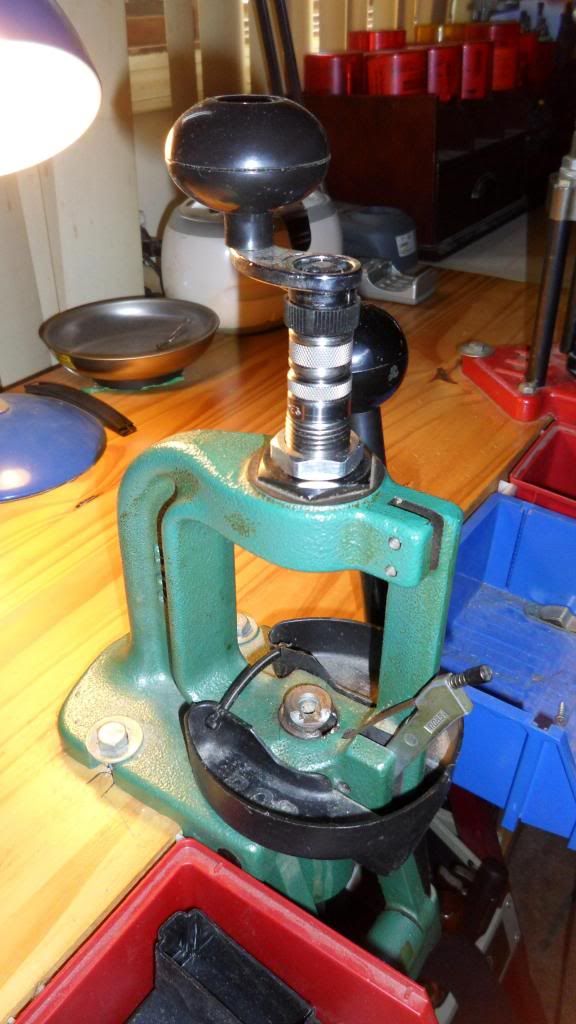
Well, that seemed to go really well until the end. And if I had an industrial tool that would untwist shorts, I'd send it right over!

Personally, I believe high
SPEED spinning things would be more dangerous to soft human flesh than high
TORQUE would, but instead of arguing that point, I'll just say that I don't believe this is an inherently dangerous tool. A hand drill, a dremel, jigsaw, hedge clippers, circular saw, table saw, BAND SAW!

, and a myriad of other powered tools seem to be far, far, FAR more inherently dangerous to work with/near than does this tool.
I might even make the argument that a loading press, with small clearances and a ram that closes that gap all the while your fingers being required to enter that same space, is just as, if not MORE likely to cause personal injury... than is the rotating chamfer tool on this unit.
Sincere apologies for offending you.

